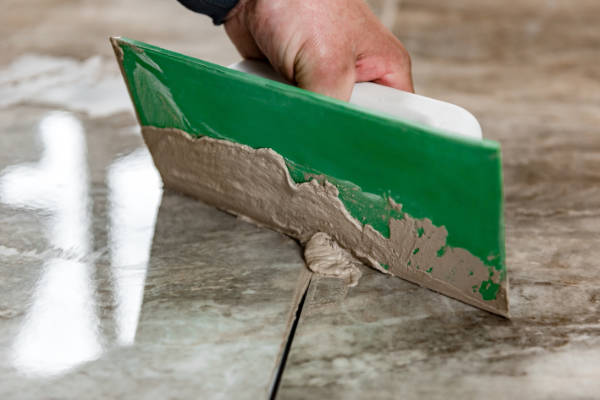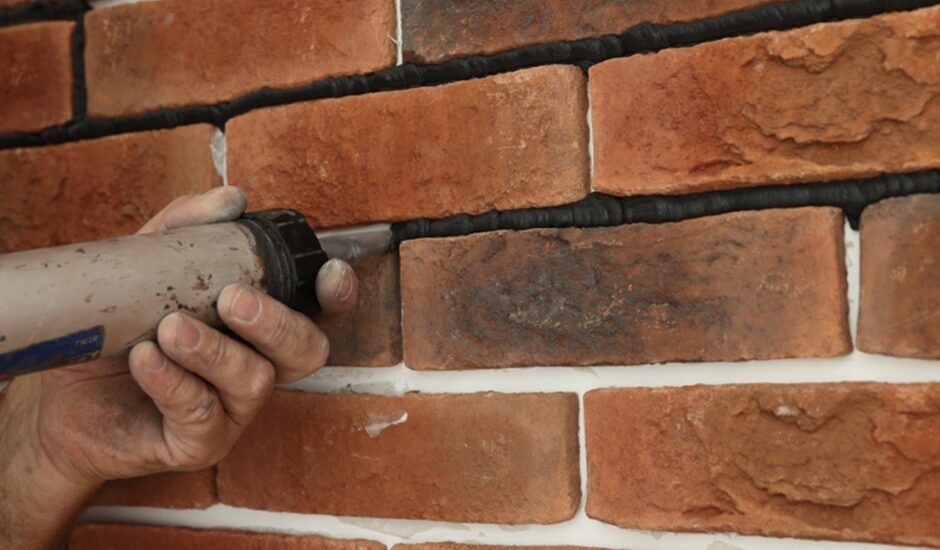Sealing the crack to avoid structural leakage is all a matter of the technique. Traditional methods always replaced with cement-based grout and epoxy have been for years. Introducing PU (polyurethane) grouting material revolutionised dealing with these issues. While the two methods are applied to various construction and maintenance fields, one can compare the results after their application—effectiveness, durability and cost-efficiency.
Let’s take a closer look at PU grouting material compared with the traditional one to identify which of these options is better!
PU Grouting Material Explained
With the demand for solutions, especially in areas of constant contact or exposure to water, PU grouting material has emerged as one of the popular leak-sealing solutions for concrete structures. Polyurethane is an accommodation, waterproofing material that chemically reacts with water to expand into structural voids to produce an effective seal in areas where constant water flow or moisture may be a problem. After settlement, the material forms a rigid seal that does not allow further leakage.
Another striking feature of PU grouting material is the high expansion rate upon reaction with water- it becomes a foam that reaches places where the traditional grout methods may hardly reach. It would, therefore, be able to access even the most minute of cracks, further guaranteeing the seal from being superficial but comprehensive. Besides that, PU grout is elastic, so the seal remains intact when the surrounding environment experiences movement or stress in bridges or underground structures.
Conventional Grouting Methods
In contrast, traditional grouting methods (cement-based and epoxy grouts) have been favoured conventionally for the economy and ease of availability. Indeed, for those applications involving large quantities where the cost per unit needs to be minimised, cement-based grout is suitable. In situations that do not pose an intrusion problem due to water and where there is no requirement for elasticity provided by the PU grouting material, cement-based grout is often employed.
Epoxy grout is another traditional method with high chemical resistance and is thus widely used in industrial areas. While it is a strong and durable bond, epoxy does not have the same flexibility as polyurethane and should not be considered for areas experiencing structural movement. Generally speaking, traditional cement grouting methods are labour-intensive with rigid curing times which delays the completion of projects.

Key Differences: Flexibility and Durability
Speaking of PU grouting material and traditional methods, one of the differences is flexibility. Polyurethane grout can expand and contract, therefore being quite adaptive to changes. It becomes particularly essential in tunnels, basements, and dams, where constant water pressure and movement prevail. The ability of polyurethane grout to adjust to its surrounding environment without cracking or losing its seal places it better than others in such areas.
On the other hand, cement grouts are rigid and tend to crack or fail when areas move. In addition, while firm compared to cement-based products, epoxy grout is not as elastic as PU grouting material where water is concerned. It will imply a need for more frequent maintenance and repairs in traditional methods, translating into higher costs over time.
Cost Considerations
Cost is always one of the main determining factors in choosing a grouting method, and both PU grouting material and the more traditional options come with different price tags. It should be noticed that generally, cement-based grouts are less expensive at the outset due to their easy availability and because the materials used for their production can be sourced at comparatively lower rates. With projects in which the overall budget is a factor, this would appear to be the clear choice. It should, however, be emphasised that in many cases these cement-based grouts do not yield the necessary longevity that the application requires, as a result, the actual cost for the repair may prove to be higher at some point in time.
At the same time, PU grouting material tends to be more expensive due to its sophisticated formulation and special application techniques. However, the benefits of polyurethane grout could offset the investment. The durability and minimal maintenance of PU grouting material can mean cost savings over time, especially in areas under constant attack by water and its movement.
Environmental Impact
Still another consideration for comparison between PU grouting material and traditional methods is that involving environmental impact. For example, it is known that the manufacture of cement-based grout has considerable implications for CO2 emissions owing to the highly energy-intensive nature of cement production. Epoxy grouts, while very durable, possess chemicals that could be unfriendly to the environment, more so when they degrade with time.
Being synthetic, compared to cement, it is a much greener product. Because the PU grouting material is used in small quantities due to its application, less material is required compared to other grouting materials; hence, it could be considered a more environmentally friendly application of the material. Additionally, the fact that the polyurethane grout is durable reduces repairs, further limiting the frequency of the environmental impact associated with maintenance.
The main conclusion about the new PU grouting material is the clear advantages it has compared to traditional methods of grouting, especially regarding water exposure, structural movement, and durability. While traditional grouting methods may be cheaper for short-term projects and viable for a select few large-scale applications, they are not afforded the flexibility, longevity, or environmental sustainability newer counterparts are afforded. In cases where projects require a long-lasting solution with minimum maintenance, polyurethane grout outperforms. That makes it adaptable to various work environments and for modern construction or repairing houses.
Want to learn more about the benefits of PU grouting material? Contact Adcos Asia today to learn how polyurethane grout can benefit your next project and ensure a lasting seal.






